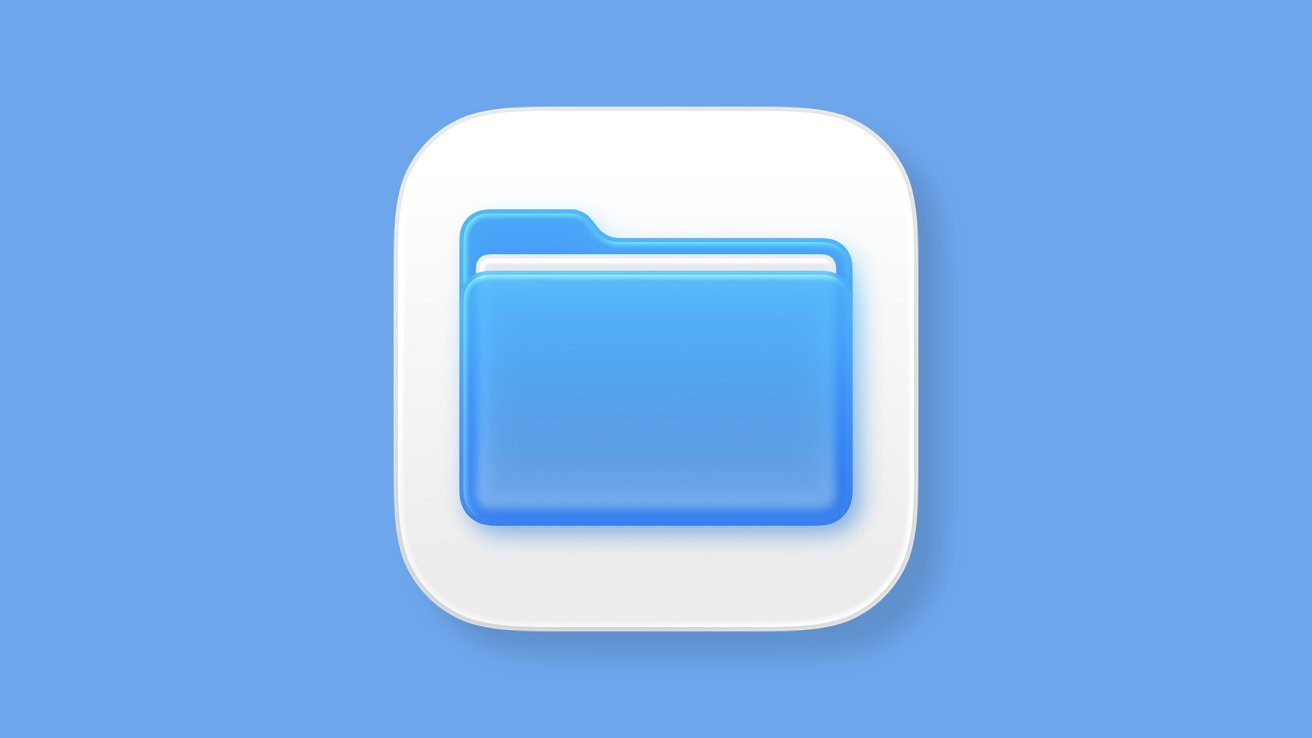Mastering File Management on iPhone, iPad, and Apple Vision Pro
Apple’s Files app has evolved significantly since its debut in iOS 11, transforming into a robust tool for managing documents across iPhone, iPad, and Apple Vision Pro. While it may not replicate the full functionality of macOS’s Finder, it offers a comprehensive suite of features tailored for mobile and augmented reality environments.
Accessing External Media
Both iPhone and iPad support direct access to external drives and SD cards. Upon connection, these devices appear under the Locations section in the Files app’s sidebar. Users can seamlessly copy data to and from these external sources, with a progress bar indicating transfer status. Notably, on iPhones, this progress is also displayed as a Live Activity, accompanied by a vibration upon completion.
It’s important to note that reformatting connected drives or SD cards will erase all existing data, rendering it unrecoverable. Selecting the appropriate format is crucial, as it determines the drive’s compatibility. For instance, formatting in APFS (Apple File System) is ideal for exclusive use with Apple devices but may render the drive incompatible with digital cameras. Conversely, ExFAT offers broader compatibility, including with Windows systems, while the older MS-DOS (FAT) format may not always be suitable.
Apple has streamlined the process of disconnecting external media. Users can simply unplug the device without the need for an eject option, provided no active data transfers are in progress.
Sharing Files and Folders
The Files app facilitates efficient file sharing through iCloud. Users can create shared folders or individual files, making them accessible to others. Any modifications made by one user are reflected for all participants, ensuring synchronization.
It’s essential to distinguish between shared files and collaborative tools within apps like Pages. In the Files app, if multiple users edit the same file simultaneously, the version saved last becomes the definitive one. Therefore, while cloud file sharing is a valuable feature within Apple’s ecosystem, it may be less seamless when collaborating with users on other platforms.
Users have the option to set shared files as read-only, which is beneficial for distributing reference documents or media. For example, creating a shared folder with contact cards for a group chat allows new participants to easily access and add contacts without extensive back-and-forth communication.
While third-party services like Dropbox offer universal compatibility and additional features, Apple’s Files app provides a convenient solution for users already invested in the Apple ecosystem, leveraging existing iCloud storage plans.
Advanced File Management Techniques
To maximize the utility of the Files app, consider the following strategies:
– Organize with Tags: Assign color-coded tags to files and folders for quick identification and retrieval.
– Utilize Favorites: Mark frequently accessed files or folders as favorites to access them swiftly from the sidebar.
– Leverage Search Functionality: Use the search bar to locate files by name, date, or content, streamlining the retrieval process.
– Integrate Third-Party Services: Connect cloud storage services like Google Drive or Dropbox to manage all files within a single interface.
– Employ Drag and Drop: On iPad, utilize drag-and-drop gestures to move files between folders or apps, enhancing multitasking efficiency.
Security and Privacy Considerations
Ensuring the security of your files is paramount. The Files app offers several features to protect your data:
– File Encryption: Files stored in iCloud are encrypted both in transit and at rest, safeguarding against unauthorized access.
– Access Controls: When sharing files, set permissions to control who can view or edit them, and revoke access as needed.
– Regular Backups: Regularly back up important files to prevent data loss due to device failure or accidental deletion.
Conclusion
The Files app on iPhone, iPad, and Apple Vision Pro has matured into a versatile and powerful tool for file management. By understanding and utilizing its features, users can efficiently organize, share, and secure their documents, enhancing productivity across Apple’s ecosystem.


